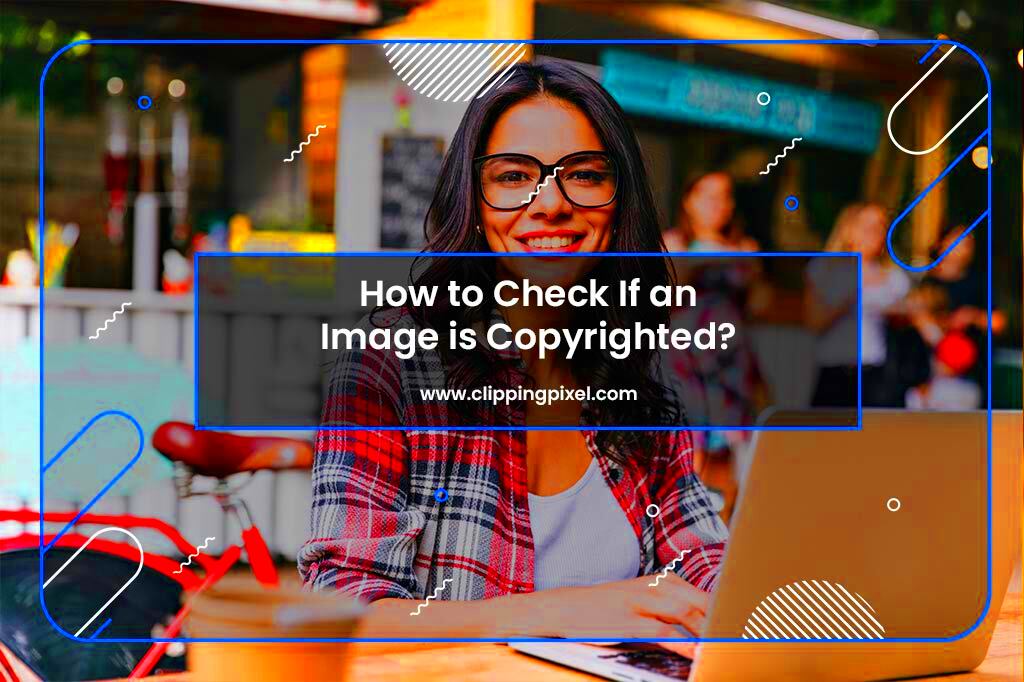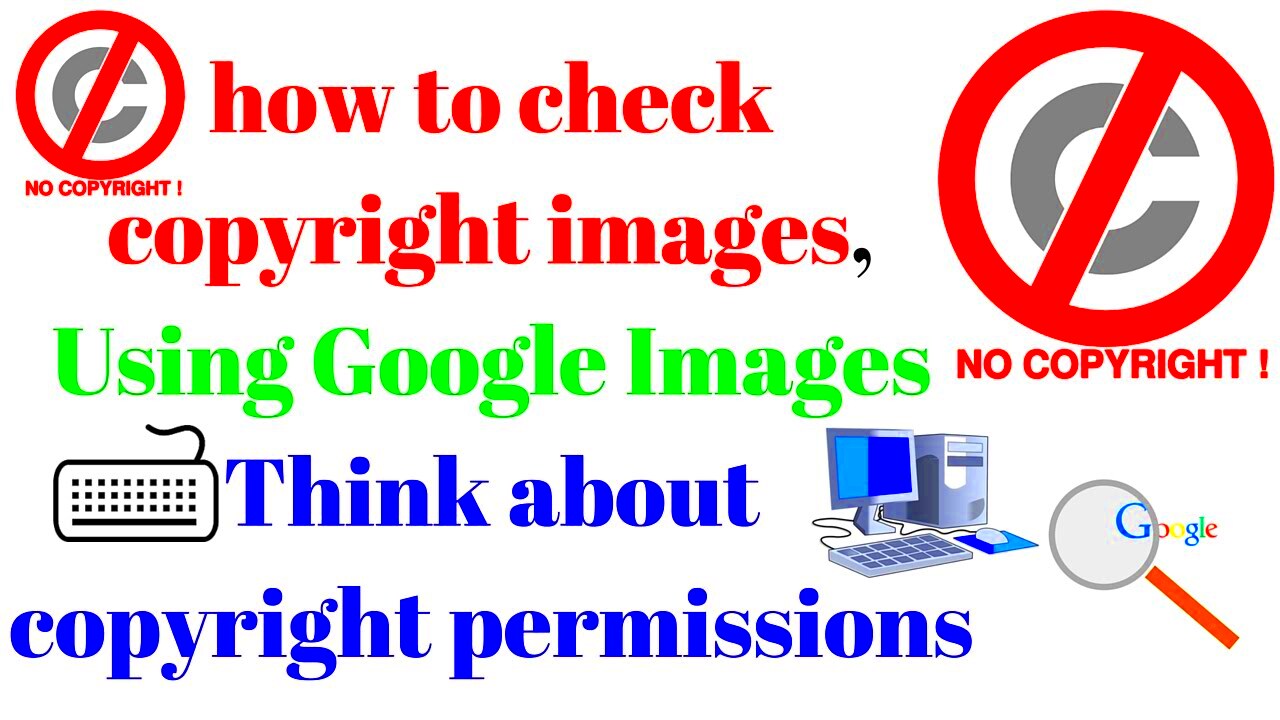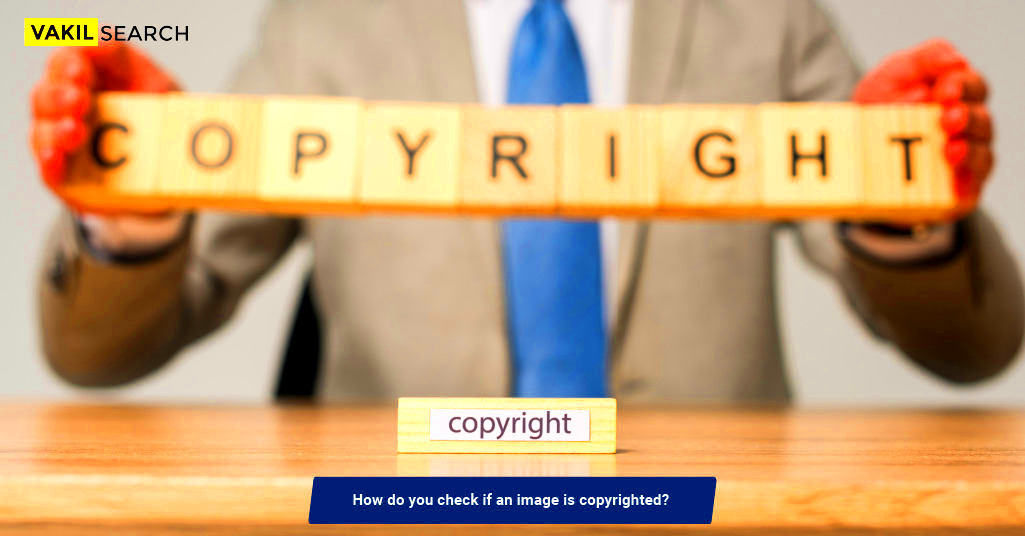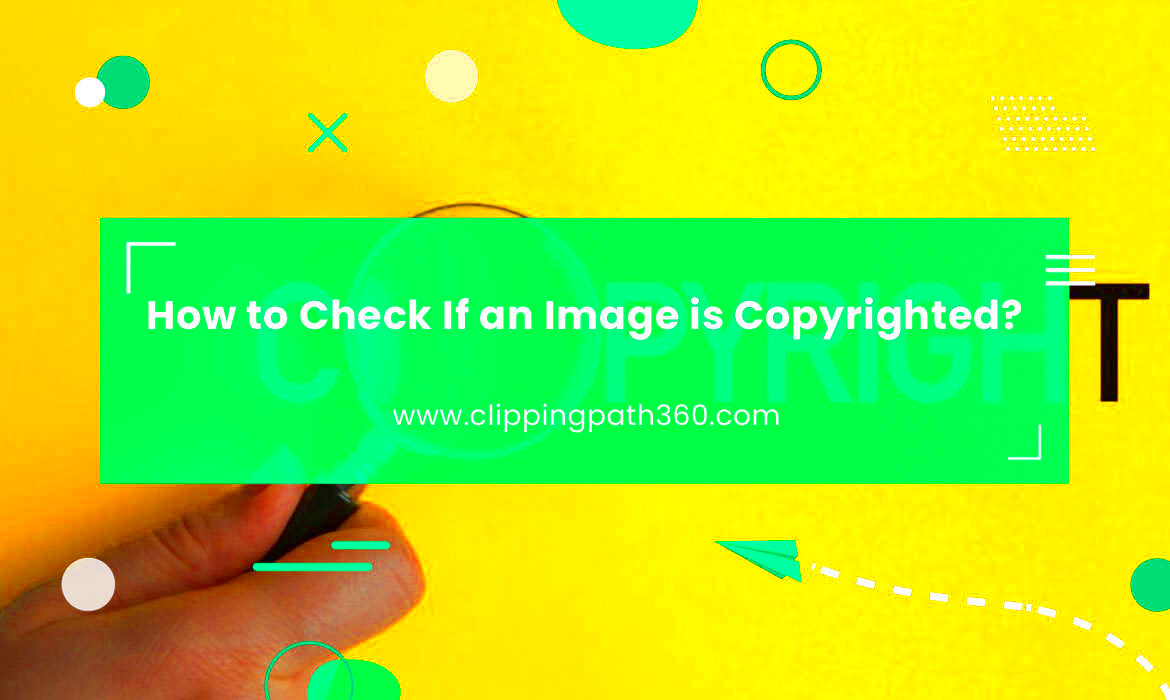Copyright plays a crucial role in protecting creators' rights over their work, including images. Whether you're using images for personal or commercial purposes, it's essential to understand how copyright laws apply to visual content. Using copyrighted images without permission can lead to legal consequences, which is why verifying an image's copyright status is vital before you download or share it.
In this guide, we will walk you through the steps to ensure you're using images legally and respecting the rights of their creators. By following these simple steps, you can avoid the risks associated with copyright infringement and enjoy peace of mind when using images online.
Why It's Important to Verify If an Image Is Copyrighted

Verifying whether an image is copyrighted is important because it helps you avoid unintentional legal issues. Using images without proper permission can lead to fines, removal requests, or lawsuits from the copyright holder. It's not just about following the law—it's about showing respect for the creators who invest time and effort into making visual content.
Here are a few reasons why you should always check if an image is copyrighted:
- Legal Protection: Copyright ensures you are not exposed to legal action for using someone else’s image without permission.
- Ethical Use: Respecting copyright laws promotes fairness in the creative community and helps creators earn credit for their work.
- Business Integrity: If you use copyrighted images in your business or marketing materials, using unlicensed images could damage your reputation.
By verifying the copyright status of an image, you can make sure you're complying with the law and supporting the creative industry. It's an easy step that saves you from potential headaches down the road.
Step 1: Check the Image Source or License Information

The first step in verifying if an image is copyrighted is to check its source or license information. Most reputable image sources, such as stock photo websites, provide clear details about the
- Look for License Information: Many images come with specific licenses (e.g., Royalty-Free, Editorial Use Only, Creative Commons). Stock image platforms typically display this information alongside the image, outlining how the image can be used legally.
- Check Image Source Websites: Websites like Shutterstock, iStock, and Pixabay usually provide detailed licensing terms. Be sure to read through them to understand if you need to purchase the image or if it’s free for commercial use.
- Consider Usage Restrictions: Even if an image is free to download, there may be restrictions on how you can use it. For example, images marked for editorial use only can’t be used in advertising.
If you're unsure about the license details or if the image lacks any clear licensing information, it’s best to reach out to the image creator or website for clarification. Some creators may offer a usage license upon request or provide permission for specific uses.
Step 2: Use Reverse Image Search Tools

When you're unsure whether an image is copyrighted or not, a reverse image search can be incredibly helpful. This tool allows you to upload or paste an image URL into a search engine to find other instances of that image across the web. By tracking the image's origin, you can often identify the original creator and check if there are any usage restrictions attached to it.
Here are a few popular reverse image search tools you can use:
- Google Images: Simply go to Google Images, click on the camera icon, and upload the image or paste the image URL. Google will show you where the image has been used online.
- Tineye: A dedicated reverse image search engine, Tineye can help you find where an image came from and whether it's been altered.
- Yandex: This search engine, often overlooked, has a strong reverse image search tool that may provide additional results compared to Google.
Using reverse image search tools is a great way to track down the source of an image and confirm whether it's copyrighted. If you find the image being used by a known photographer, artist, or website, you'll have a clearer understanding of its usage rights and whether permission is required.
Step 3: Look for Watermarks or Copyright Notices
Another straightforward way to check for copyright on an image is by looking for watermarks or copyright notices. Many creators place these marks directly on their images to signify ownership and protect their intellectual property. If you find a watermark, it's a clear sign that the image is copyrighted and shouldn’t be used without permission.
Here’s what you can look for:
- Visible Watermarks: These are usually semi-transparent text or logos placed on an image. The watermark might contain the creator’s name, company, or website to ensure proper attribution.
- Copyright Notices: Some images may have text embedded in the image that states "Copyright" along with the creator's details. This is a clear indication of ownership and a reminder not to use the image without permission.
- Embedded Metadata: Some images also have copyright information embedded in their metadata. Tools like Photoshop or specialized metadata viewers can help reveal this information.
If an image contains any of these signs, it's best to avoid using it unless you obtain the necessary permissions. Ignoring these markers could lead to copyright infringement and legal issues.
Step 4: Verify Usage Rights from Stock Image Websites
If you're sourcing images from stock image websites, it’s essential to verify the usage rights directly from the platform. Stock image platforms offer a range of licenses, so understanding the specifics of each license can help you use images safely for personal or commercial purposes.
Here’s what you should do when using stock image websites:
- Check the License Type: Stock images typically come with licenses like Royalty-Free, Editorial, and Extended Use. Make sure to read the licensing agreement to see what kind of use is allowed. Some images might only be licensed for non-commercial use, while others might require attribution or prohibit modifications.
- Understand the Limitations: Even Royalty-Free images have limitations. Some may not be used in certain contexts, like defamatory or unlawful content. Always review the terms and conditions to avoid any misunderstandings.
- Read the Fine Print: Be sure to check the fine print, as some stock image websites offer additional paid options for exclusive rights or extended use. For example, Extended Licenses allow for broader commercial use, including merchandise or product packaging.
By verifying usage rights from stock image websites, you can ensure that you’re using images legally and respecting the terms set out by the image creators or the platform itself. Always download images from reputable sources and ensure that the license fits your intended use.
Step 5: Understand Fair Use and Creative Commons Licenses
Understanding Fair Use and Creative Commons licenses is essential when you’re looking to use an image legally without paying for it or asking for permission. These two concepts offer more flexibility in terms of image use but come with specific rules you must follow. Let’s break down both.
Fair Use: Fair use allows you to use copyrighted material without permission under certain conditions. However, it's a limited exception and depends on several factors:
- The Purpose: Is it for educational, commentary, or news reporting purposes? Commercial use typically doesn’t fall under fair use.
- The Nature of the Work: Using factual content has a better chance of being considered fair use than using creative works like images.
- The Amount Used: Using a small portion of an image may qualify as fair use, but using the entire image can lead to issues.
- The Effect on the Market: If your use harms the image’s value or market, it may not be considered fair use.
Creative Commons Licenses: These licenses allow creators to give permission for others to use their work under specific conditions. There are different types of Creative Commons licenses, including:
- CC BY: You can use the image with proper attribution.
- CC BY-SA: Use the image with attribution and share it under the same license.
- CC BY-NC: You can use the image for non-commercial purposes with attribution.
- CC BY-ND: No modifications can be made to the image, and it requires attribution.
Always check the specific Creative Commons license before using an image to make sure you're compliant with the terms. Understanding these rules helps you navigate image usage more safely without violating copyright laws.
FAQ About Verifying Copyright on Images
If you’ve never looked into verifying the copyright status of an image before, you may have a few questions. Here are some common ones:
- How do I know if an image is copyrighted? Check the source of the image, look for watermarks or copyright notices, and review any available licensing information.
- Can I use any image I find online for free? Not necessarily. Many images found online are copyrighted, and using them without permission could lead to legal issues. Make sure to verify the usage rights first.
- What is the difference between Royalty-Free and Rights-Managed licenses? Royalty-Free means you pay once for the image and can use it multiple times, while Rights-Managed usually requires you to pay for each use and often comes with restrictions on how the image can be used.
- Is it okay to use an image with a Creative Commons license? Yes, but make sure to follow the specific license terms, such as providing attribution or using it for non-commercial purposes only.
- What if an image doesn’t have a clear license or copyright notice? If there’s no clear information, you should assume the image is copyrighted and seek permission before using it. Alternatively, look for images that are clearly labeled as free for use.
Conclusion and Best Practices for Using Images Safely
Verifying the copyright status of images is crucial to avoid legal issues and ensure you’re using content responsibly. By following the steps outlined in this guide, you can confidently use images without the fear of copyright infringement.
Here are a few best practices for using images safely:
- Always Verify the Source: Ensure you’re downloading images from reputable sources that clearly state usage rights.
- Look for Licensing Information: Before using any image, check its licensing terms to ensure you have permission to use it the way you intend.
- Use Images with Creative Commons Licenses: Creative Commons images are a great option for free and legal use, as long as you follow the specified terms.
- Consider Purchasing Images: If in doubt, purchasing licensed stock images can guarantee you’re fully compliant with copyright laws.
By respecting copyright laws and using images legally, you not only avoid potential legal headaches but also support the work of creators and contribute to a fairer digital ecosystem. Always stay informed and make sure to follow these best practices when using images for your website, blog, or social media.

 admin
admin








